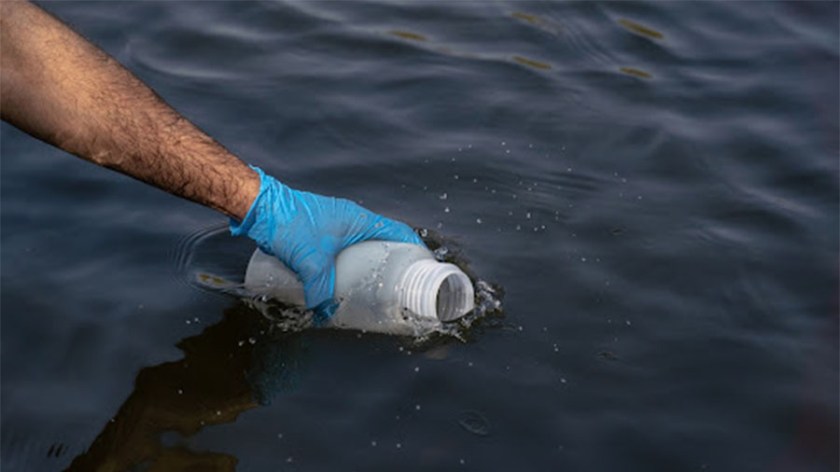Pensoft joins the newly funded Biodiversa+ project ANTENNA focused on making technology work for monitoring pollinators and is tasked with the communication, dissemination and exploitation activities.
The overarching goal of ANTENNA is to fill key monitoring gaps through advancing innovative technologies that will underpin and complement EU-wide pollinator monitoring schemes, and to provide tested transnational pipelines from monitoring activities to curated datasets and enhanced indicators that support pollinator-relevant policy and end-users.
The ANTENNA project answers the BiodivMon call, which was launched in September 2022 by Biodiversa+ in collaboration with the European Commission. The BiodivMon call sought proposals for three-year research projects to improve transnational monitoring of biodiversity and ecosystem change, emphasising innovation and harmonisation of biodiversity data collection and management methodologies, addressing knowledge gaps on biodiversity status and trends to combat biodiversity loss, and the effective use of existing biodiversity monitoring data.
Supporting the work of Work Package #5: “Project coordination, and communication”, Pensoft is dedicated to maximising the project’s impact by employing a mix of channels to inform stakeholders about the results from ANTENNA and raise public awareness about pollinators.
Pensoft is also tasked with creating and maintaining a clear and recognisable project brand, promotional materials, website, social network profiles, internal communication platform, and online libraries. Another key responsibility is the development, implementation and regular updates of the project’s communication, dissemination and exploitation plans, that ANTENNA is set to follow for the next four years.

Specifically, the combined expertise of the consortium will address the following objectives:
- Advance automated sample sorting and image recognition tools from individual prototypes to systems that can be adopted by practitioners
- Expand pollinator monitoring to under-researched pollinator taxa, ecosystems, and pressures
- Quantify the added value of novel monitoring systems in comparison and combination with ‘traditional’ methods in terms of cost effectiveness
- Provide a framework for integrative monitoring by combining multiple data streams and. The framework will also support the development of near real-time forecasting models as bases for early warning systems;
- Upscale local demonstrations into the implementation of large-scale transnational pipelines and provide context-specific guidance to the use of policy-makers and other users who might need to select monitoring methods and indicators.
Consortium*:
- Helmholtz-Centre for Environmental Research (UFZ), Germany
- Naturalis Biodiversity Center, Netherlands
- Aarhus University, Denmark
- Consejo Superior de Investigaciones Científicas (CSIC), Spain
- University of the Aegean, Greece
- Universidad Politécnica de Madrid, Spain
- Trinity College Dublin, Ireland
*Pensoft Publishers is a subcontractor tasked by the UFZ with multiple communication, dissemination and exploitation activities as part of Work Package 5.
Stay up to date with the ANTENNA project’s progress on X/Twitter (@ANTENNA_project) and LinkedIn (/antenna-project).








